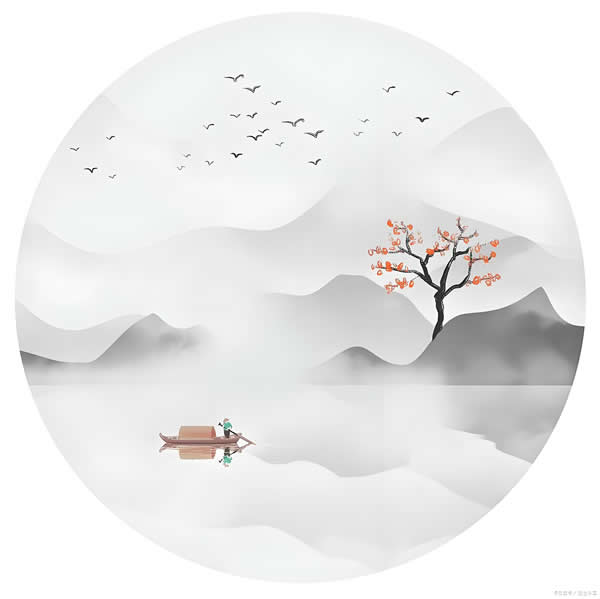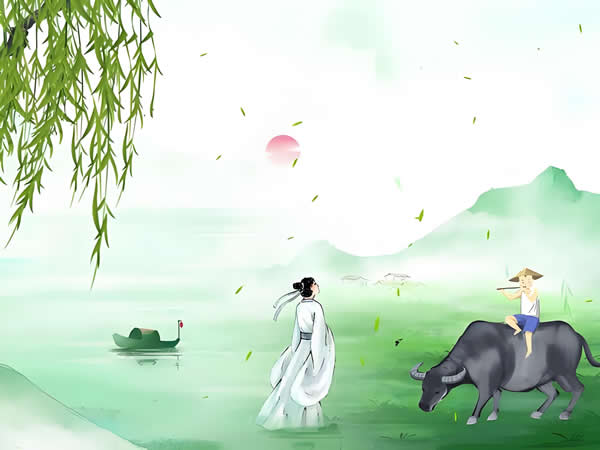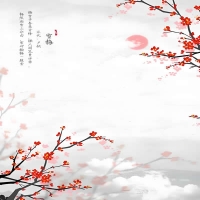儿童的诗句,自古以来便是中国文学宝库中一颗璀璨的明珠。这些诗句以其纯真无邪、生动活泼的特质,跨越时空的长河,至今仍能触动人心。从李白的“小时不识月,呼作白玉盘”到白居易的“小娃撑小艇,偷采白莲回”,这些经典之作不仅描绘了儿童的天真烂漫,更折射出诗人对童年时光的深切怀念与对纯真世界的向往。
在中国古代诗词中,儿童的形象常常被用来象征无忧无虑、自然本真的生活状态。杜甫在《江村》中写道:“稚子敲针作钓钩”,简单几笔便勾勒出孩童专注嬉戏的画面,让人不禁回想起自己的童年时光。这种对儿童天性的捕捉,不仅体现了诗人的细腻观察,也反映了中国文化中对“童心”的珍视——它被视为一种未被世俗污染的美好品质,是成人世界中所稀缺的纯净与真诚。
儿童的诗句 often serve as a mirror to the adult world, prompting reflections on simplicity and innocence amidst life's complexities. For instance, in the Song Dynasty, poet Yang Wanli penned, "A child races after yellow butterflies, only to find them deep into cauliflower fields vanish." This line not only depicts a playful scene but also subtly hints at the fleeting nature of childhood and the inevitable passage of time, urging readers to cherish moments of pure joy.
Moreover, these poems are not merely artistic expressions; they play a crucial role in education and cultural transmission. In traditional Chinese society, children were often taught classical poetry from a young age, with verses about childhood serving as accessible entry points into the rich tapestry of Chinese literature. Poems like "The Shepherd Boy" by Lu You, which describes a young boy herding cattle under the setting sun, instill values of hard work and connection to nature, while simultaneously fostering an appreciation for linguistic beauty and rhythmic harmony.

The enduring appeal of children's诗句 lies in their universal themes. Regardless of era or culture, the innocence of childhood resonates deeply with people. In modern times, these ancient verses continue to be celebrated in schools, during festivals like the Children's Day, and in popular media, ensuring that the legacy of such poetic treasures is passed down to new generations. They remind us to embrace curiosity, playfulness, and the simple pleasures of life, offering a timeless escape from the complexities of adulthood.

In conclusion,儿童的诗句 are more than just literary artifacts; they are windows into the soul of Chinese culture, embodying ideals of purity, joy, and the eternal cycle of life. By exploring these works, we not only connect with the past but also find inspiration to nurture our own inner child, fostering a world where innocence and wonder are forever valued.




 相关阅读
相关阅读












